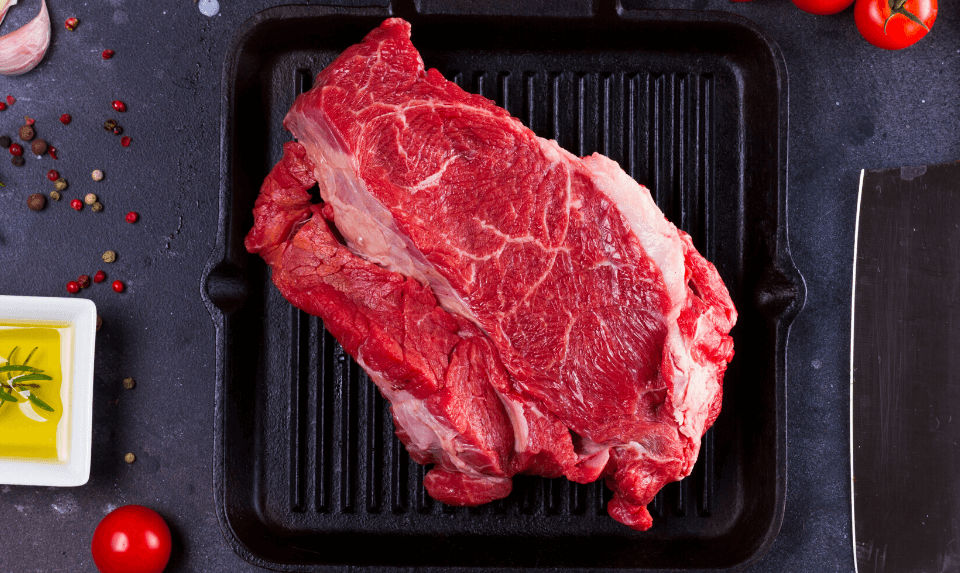All meat types in meat markets share the same benchmark of freshness, but there is more to determining quality than appearance and smell. One sign of freshness does not mean the meat is fresh, nor does one sign of degradation means the meat has turned. You have to consider all the quality indicators of meat into account as a whole to assess its freshness. Sadly, you cannot always count on the meat you purchase in meat markets to come from a high-quality source. Here are amazing tips that make it more comfortable for you to find the most suitable raw meats.
Butchering
The skill of meat’s butchering is a sign of its freshness. Well-sliced meat shows the butcher is experienced and efficient, and he likely takes as much care having his meat fresh as he does making it. Just as meat markets lose money when their meat is poorly cut, they also lose money on trim, or the parts of meat sliced from a massive cut when breaking it down to a retail cut. Clean-cut edges and sameness in the cuts’ thickness and shape mean the butcher strives to keep food prices low, and those who keep their food prices low keep their meat fresh; it goes with the area.
Color
Fresh beef has a vibrant red color; the more vibrant the tone of red, the sweeter the meat — except it’s been treated with carbon monoxide to retain its freshness. If the meat has an unnatural red color, ask the meat markets if the meat has undergone carbon-monoxide treatment. On the other hand, a brownish-red color does not mean the meat is not fresh; it just means it has been displayed to air for as little as 30 minutes or has been refrigerated.
Raw poultry can vary in color from bluish-white to yellow because of its age, diet, breed, activity level, and subcutaneous fat. Sweet pork has a grayish-pink color.
Smell
The fresh meat of any non-game has nearly no scent. If beef is packaged, yet, you may detect a slight musty smell. The harmless musty smell arises when the moisture released from meat in its package, known as “purge,” oxidizes. The musty smell varies significantly from that of degrading protein, which has an ammonia-like state that is unmistakably bad. Don’t wash meat before you cook it; purge is harmless. The cast-off from washing fresh meat, yet, is not, and spoils the surfaces it touches.
Feel
Fresh meat is firm, but some cuts spring back to their primary shape slower than other parts. Fatty beef cuts, for example, rib-eye, and beef cuts that have little connective tissue, like tenderloin, spring back more slowly than hard rump cuts after you touch them, but it doesn’t mean bad quality.
But, if you press a cut of beef and the sinks remain, it means the protein has diminished, and it isn’t fresh. When meat gets to this degree of degradation, it also has as an “off” smell and color. The firmness test fits pork and poultry, too. Both should spring back to their normal shape when touched.
Other Considerations:
Fat Level
Marbling – interspersed fat – gives a more profound, more flavorful taste. Feel and squeeze the meat in meat markets. It should feel firm, as cold fat is hard. A fatty coating also adds to helping the meat retain its taste and juice while cooking. Older animals – with more yellow fat – can be less tender, but the meat usually has a deeper, more developed taste.
Tenderizing
Meat from lamb, veal, poultry, and pork are consumed directly, whereas beef requires to tenderize over one to two weeks. The beef is dangled for tenderizing produces an excellent taste and loses much liquid, which is one reason why it is more valuable. But the variation in price can be viewed as good business since you do not have to pay for water, which would nevertheless disappear while cooking.
Feed
Animals that graze build meat and fat in normal proportions. Green grass gives more delicious meat and – even better – more deliciously distributed fat than other feeds. Spanish Pata Negra pigs, which are raised on acorns, corn-fed chicken and calves that have been fed convincingly show how various feeds can change the taste of meat considerably.





